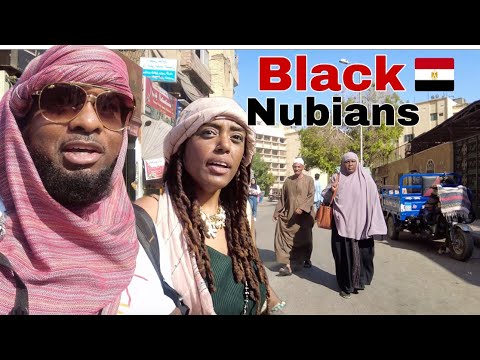
Egypt, a land synonymous with ancient pharaohs, monumental pyramids, and the sprawling Nile River, holds narratives that extend beyond the usual tales told through its popular hieroglyphs and majestic structures. One such less-explored narrative is that of its Black heritage, centered around the Nubian community. This article delves into the rich history, vibrant culture, and enduring spirit of the Nubians in Egypt.
#### The Historical Tapestry of Nubia
Nubia is a region along the Nile river located in what is today southern Egypt and northern Sudan. It is one of civilization’s oldest cradles, with a history that dates back to 2000 BCE. Historically, it was a gateway between Africa and the Mediterranean world. Nubians were known for their skill in trading and their prowess as warriors which made them formidable neighbors to ancient Egyptians.
The kingdom of Kush, located within Nubia, was particularly significant. During various periods, Kushitic rulers even reigned over all of Egypt as Pharaohs — most notably during the 25th Dynasty when they revitalized Egyptian culture and even constructed their own pyramids in Sudan.
#### Cultural Vibrance and Traditions
Nubian culture today is a vivid tapestry woven with threads of tradition and modernity. Distinctive for their colorful houses painted with geometric patterns and motifs that tell stories or symbolize natural elements like birds or flowers; these designs not only beautify their environment but also preserve their identities.
Music and dance are integral parts of Nubian life—often performed during weddings or community celebrations using traditional instruments like the ‘kissar’ (a lyre-like instrument). Nubian language plays a crucial role as well; although many modern-day Nubians speak Arabic due to historical Arabization policies in Egypt, efforts are robust among communities to revive indigenous languages like Kenzi-Dongolawi.
#### The Legacy of Displacement
The construction of Aswan High Dam in the 1960s was a turning point for many Nubians who were forced to relocate from their ancestral lands due to the flooding caused by Lake Nasser. This displacement has had long-lasting effects on their community connectivity and cultural preservation. Despite these challenges, Nubians have strived tirelessly to maintain their heritage wherever they have settled while continuously advocating for rights to return to their homelands.
#### Current-Day Dialogues
Today’s Nubian activism stretches beyond just fighting for land rights—it encompasses battling against systemic racism and pushing for greater representation within Egyptian society. Younger generations are particularly active on social media platforms where they work towards reshaping narratives around what it means to be Egyptian by highlighting not only historical injustices but also contemporary achievements by Black Egyptians.
#### Tourism: A Window into Nubian Life
For travelers interested in experiencing this unique culture firsthand, visiting villages like Gharb Soheil can be illuminating. Here visitors can interact with local residents, participate in traditional cooking classes, or stay at guesthouses that offer immersive experiences into daily Nubian life. The warmth displayed by host communities is often cited by visitors as an unforgettable part of their Egyptian journey.
### Conclusion
The ‘Black side’ of Egypt offers an enriching insight into how diverse African roots contribute intricately towards shaping modern national identities—not just in terms of past histories but also through ongoing cultural dynamics. As more people learn about this enriched heritage beyond Egypt’s predominant archaeological allurements; appreciation grows deeper for a culture resiliently upholding its legacy amidst evolving times.
